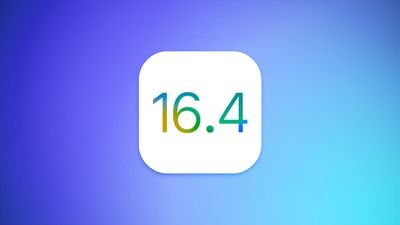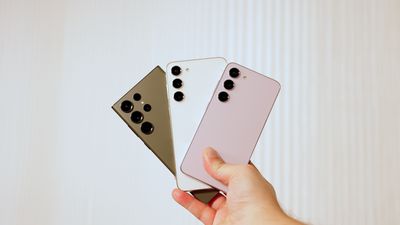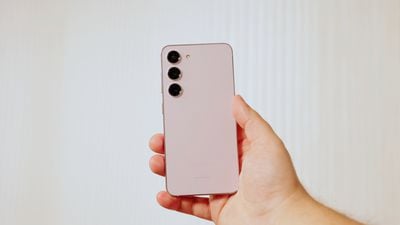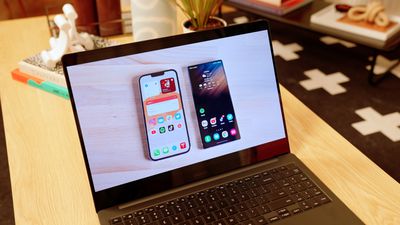Apple today held its first earnings call of 2023, which covers the fourth calendar quarter of 2022. During the call, Apple CEO Tim Cook and Apple CFO Luca Maestri shared several interesting tidbits about recent product sales, services results, and more, and we've highlighted the most interesting parts of the call below.

AI
On the topic of artificial intelligence, particularly in services, Cook said that in the future, it will impact everything that the company does.
It's a major focus of ours. It's incredible in terms of how it can enrich customer lives, and look no further than some of the things that we announced in the fall with Crash Detection and Fall Detection, or a ways back with ECG. These have literally saved lives. We see an enormous potential in this space to affect virtually everything that we do. It is a horizontal technology, not vertical, so it will affect every product and every service that we have.
Services Revenue
While Apple's quarterly revenue was down five percent year over year, Apple's Services business hit an all-time revenue record of $20.8 billion. Services includes Apple Music, Apple TV+, Apple Arcade, iCloud+, AppleCare+, and more.
Apple now has more than 935 million paid subscriptions, up 150 million during the last 12 months. Apple also set revenue records for iCloud, payments, and Apple Music.
iPhone Sales
Apple in November issued a rare warning about iPhone 14 Pro shipment constraints, letting the market know that shipments would be lower than anticipated due to COVID-19 restrictions. The iPhone 14 Pro models were backordered throughout the holiday period, and as a result, iPhone sales were down year over year.
iPhone revenue was at $65.8 billion, down from $71.6 billion in the year-ago quarter. Production has since improved, and iPhone shipping times are shorter.
There were questions around whether customers opted for more affordable iPhones or would upgrade in the March quarter due to the November/December shortages, and Cook said that it is difficult to predict customer behavior. "It's hard to estimate recapture because you have to know what would have happened, how many people would have bought down, and it takes awhile to get those reports in during the quarter," Cook said. He added that Apple has made its "best guess" at recapture in the insight that it gave for the March quarter.
Cook also said that iPhone revenue would have grown in Q1 2023 had it not been for the supply shortage.
Wearables Revenue
Wearables revenue came in at $13.8 billion, down eight percent year over year. Despite the drop, Cook said that Apple continues to be "excited about the long term opportunity" in the wearables category.
The wearables category includes the AirPods and the Apple Watch at this time, but in the future, it will also encompass the mixed reality headset that Apple is expected to launch this year.
Though revenue was down, Apple CFO Luca Maestri said that the Apple Watch install base saw a new all-time record, largely because there were a record number of new users who purchased an Apple Watch during the quarter.
Macs and iPads
iPad revenue was up 30 percent thanks to the launch of new M2 iPad models, but Mac revenue saw a notable drop because there were no new Macs released in the final months of 2022.
Mac revenue was $7.7 billion, down from $10.9 billion in the year-ago quarter. iPad revenue was $9.4 billion, up from $7.2 billion in the year-ago quarter. Cook said that overall, Apple has a "low share and a competitive advantage with Apple silicon," which means the company is "well positioned within the market" in the long term.
March Quarter
Apple did not provide guidance for the upcoming March quarter, but did offer some directional insights. Apple CFO Luca Maesteri said that year over year, revenue is expected to be similar to the December quarter. Services and iPhone revenue are expected to be up, while Mac and iPad revenue will decline by double digits year over year.
Maestri explained that revenue will drop in those categories because of macro headwinds and challenging comparisons to the year-ago quarter due to product release timelines.
U.S. Manufacturing
Cook was asked whether manufacturing components in the United States (such as at TSMC's upcoming Arizona plants) would be more expensive than where components are manufactured now, and he said he wouldn't necessarily expect manufacturing to be pricier, as the person asking the question implied.
"We don't know what the impact will be at this point, but we're all in in terms of being the largest customer for TSMC in Arizona," said Cook. "We're very proud to take part in that."
Higher Average Selling Price
Cook was asked whether the higher average selling price that Apple is counting on for next quarter is "sustainable" in a tough macro environment, and Cook said that people are willing to "stretch" to get the best they can afford.
I would say that the smartphone - for us the iPhone - has become so integral into people's lives, it contains their contacts, health information, banking information, smart home, and so many different parts of their lives. It's a payment vehicle for many people. I think people are willing to really stretch to get the best they can afford in that category.
Read More
A more complete picture of Apple's earnings on a per-category basis can be found in our official results article.


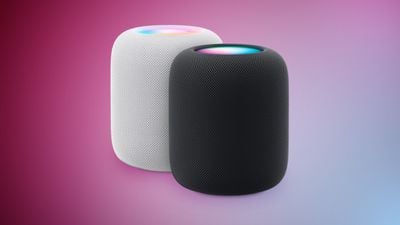
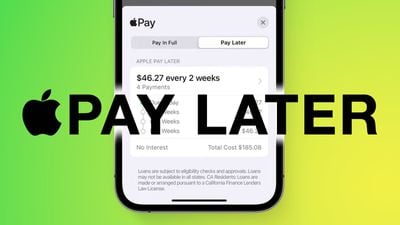
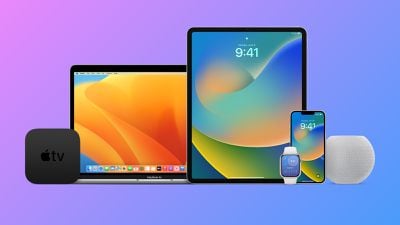
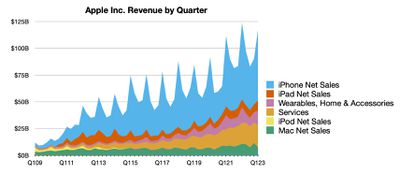
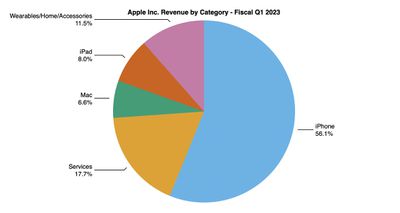

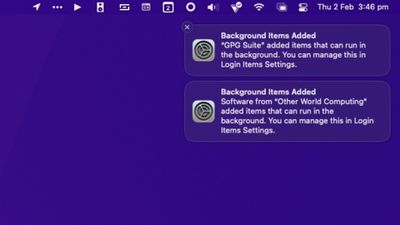
 Note: MacRumors is an affiliate partner with OWC. When you click a link and make a purchase, we may receive a small payment, which helps us keep the site running.
Note: MacRumors is an affiliate partner with OWC. When you click a link and make a purchase, we may receive a small payment, which helps us keep the site running.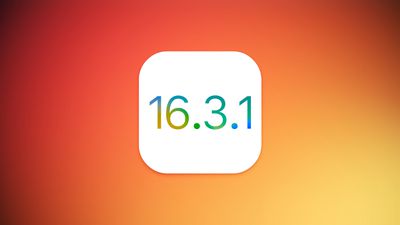
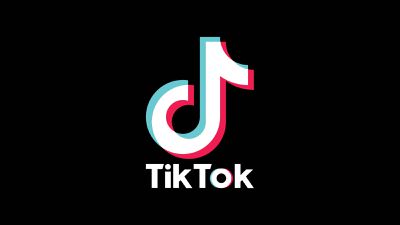
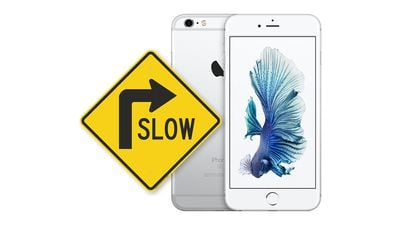

 Note: MacRumors is an affiliate partner with Amazon. When you click a link and make a purchase, we may receive a small payment, which helps us keep the site running.
Note: MacRumors is an affiliate partner with Amazon. When you click a link and make a purchase, we may receive a small payment, which helps us keep the site running.